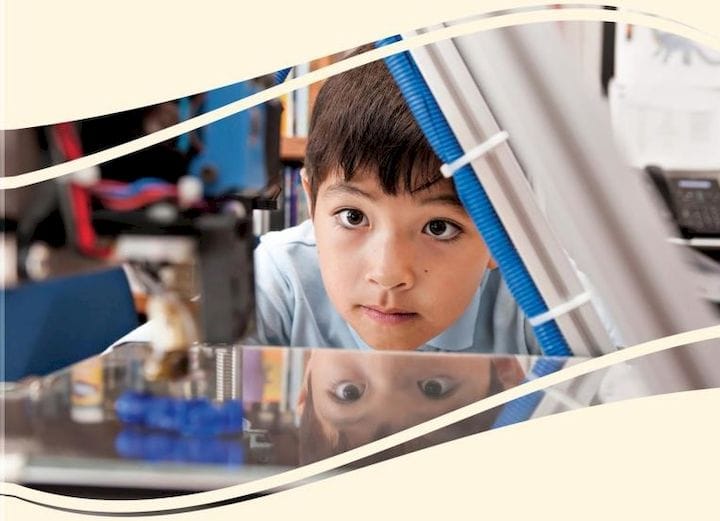![How could 3D printing be best used in Education? [Source: Amazon]](https://fabbaloo.com/wp-content/uploads/2020/05/educational-ov_result_img_5eb09cfeb02a4.jpg)
This week’s selection is “Interdisciplinary and International Perspectives on 3D Printing in Education” by Ieda M. Santos, Nagla Ali, and Shaljan Areepattamannil.
I’ve long been a proponent of using 3D printing in the educational sector as a critical tool to develop young minds and turn them on to the topic of digital manufacturing. We’re starting to see this happen in recent years, where some students have been exposed to the technology and enter the job market with skills ready to go, whereas their predecessors had been taught conventional manufacturing techniques.
This scenario has been one of the major barriers to the adoption of 3D printing: older conventionally trained people don’t always recognize the power available through 3D printing techniques.
I recall in particular one manufacturing trade show I attended a few years ago, where “old time” engineers passed by a 3D printer manufacturer’s stand. One of the old timers literally said, “3D printing is just a fad”.
Well, it’s not a fad. It is a legitimate type of manufacturing, and one that will be increasingly used because students emerging from schools will (hopefully) be accustomed to using it, and thinking in ways amenable to 3D print design and production.
Anything that encourages additional exposure to 3D printing in schools is a good strategy in our book.
But this book seems to go a bit farther. They explain:
“Although 3D printing technologies are still a rarity in many classrooms and other educational settings, their far-reaching applications across a wide range of subjects make them a desirable instructional aid. Effective implementation of these technologies can engage learners through project-based learning and exploration of objects.”
This is what I didn’t fully realize: students can leverage 3D printing for MORE than just manufacturing and design. There are plenty of other subjects that can use 3D printing as a learning aid.
The book is a collection of essays exploring different aspects of this concept. There are segments describing how to integrate 3D printers into an educational program, increasing research engagement, learning from errors, adapting different learning styles, use of equipment in libraries and more.
There is also considerable discussion of case studies of using 3D printing in a variety of scenarios. One, for example, is the use of 3D printing to help develop an augmented reality system for students.
If you are an educator considering use of 3D printing in your program, this might be an appropriate book to review before you develop your deployment strategy.
Via Amazon











This week’s selection is “3D Printing Projects” by Dorling Kindersley, a.k.a. “DK”.